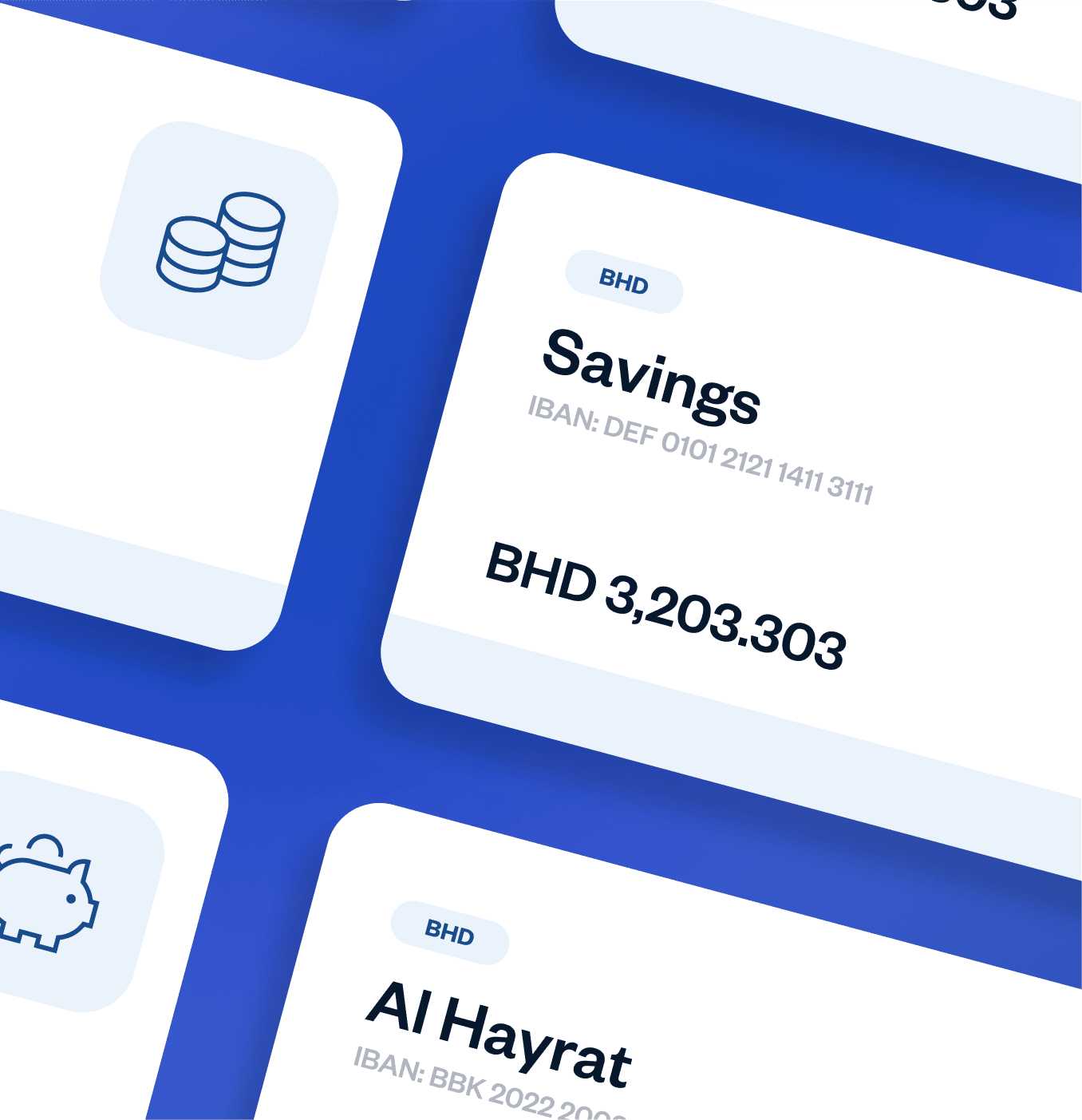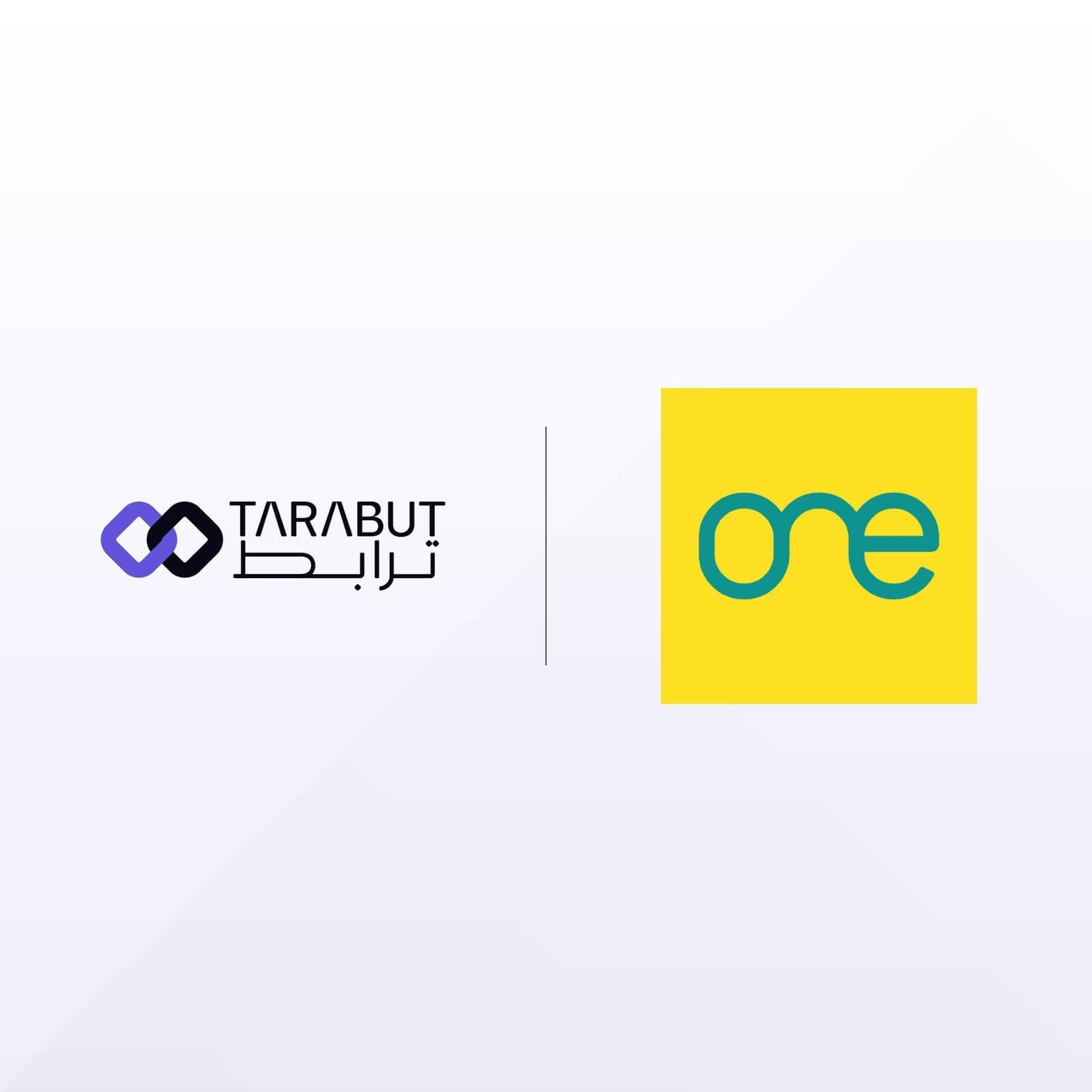4 Apr 2023 - Raise your hand if you find tracking your monthly expenses hard…
Well, we’re right there with you because keeping on top of every transaction is hard. And to be fair, it’s not your fault. The financial ecosystem, as it stands today, is huge. And it’s very disconnected! There are a lot of institutions offering a range of financial products and services. There are traditional banks, of course. And then, there’s startups sweeping financial markets worldwide. In the UAE alone, there are over 50 banks and well over 100 fintechs.
That’s a lot of financial institutions and organisations operating in the same space!
Now, whether we’re looking at a retail or business customer, chances are that they maintain accounts with several of these providers. One research has found that, on average, financial customers own 5.3 accounts across different types of financial institutions. And it makes sense because it’s the only way customers can benefit from competitive prices and innovative products.
The problem is, all these accounts that are used for spending, managing, and tracking money are not connected with each other. Financial data is fragmented across the ecosystem, and customers are left having to connect the dots and make sense of their overall financial position by themselves.
Good news is things are changing very quickly! There are new technologies solving this challenge, but we’ll get to that in just a bit…
How does a disconnected ecosystem stifle growth?
Let’s first understand what makes a disconnected financial ecosystem difficult to navigate for the average customer.
Imagine you’re a financial services customer and you operate three different types of accounts with three different financial institutions. You also have a couple of credit cards from a couple of banks. And let’s say you maintain a digital account with a payments fintech. In addition, to manage your finances, you use a budgeting tool. We already know that every one of these institutions has its own online or mobile application that you use to track spending, savings, investments, credit limits, payments, and other transactions.
That’s a lot of logins and passwords! And we all know how hard it is to remember them!
This scenario is true for the majority, if not all, of customers in the market. It’s also very restrictive because all these accounts, apps, and platforms are operating in their own separate spaces. Yes, they can try to collate all their financial information in one place by using a Personal Financial Management (PFM) app but if the provider is not using open banking technology (hint: that’s the solution we were talking about earlier!), that becomes a challenge too. Customers have to input data and information from their accounts either manually or give the PFM provider their bank login credentials. The former is a hassle, and the latter can be a security risk.
This disconnected financial ecosystem is not only a pain point for customers, it also restricts growth and innovation in the industry due to a lack of information sharing between providers.
But like we said, there’s a solution! And it exists in the open banking-enabled space under Account Information Services Providers (AISPs).
We know it sounds like a mouthful. But let’s unpack what it is and what it means for customers and service providers like banks and fintechs.
What are Account Information Services (AIS) and AISPs?
AIS is the sharing of customers’ financial account information between different financial institutions operating in the ecosystem. AISPs are providers of this service. Remember, we’re trying to connect all these different institutions that hold pieces of financial data separately. AIS is the bridge between them, and AISPs build and manage that bridge.
It’s really that simple.
Now, open banking is the material the bridge is made of. It’s the technology that powers AIS tools that helps customers gain control of their financial information. Fintechs and banks use these tools to access customer data (with their permission, of course) for different purposes such as lending decision-making, investment guidance, etc.
But the biggest and perhaps best use case of AIS is account aggregation. And it’s a prime example of how open banking empowers consumers and businesses and drives innovation.
What is account aggregation, and how does it work?
Account aggregation refers to the consolidation of customer financial data from all their accounts onto one place. It’s all the pieces of their financial history coming together. And with open banking, the complete picture can be more easily accessed and viewed by anyone they allow. But that’s not how it used to be.
Conventional Account Aggregation
Account aggregation is not a new concept, but it has been reinvented by open banking. Traditional account aggregation relied on manual data entry procedures. If customers wanted visibility into their spending across all their accounts, they would have to manually upload bank statements onto a fintech provider’s application. Conversely, fintechs would request bank login credentials and retrieve information from across multiple accounts. This process is known as screen scraping.
API-based Account Aggregation
With open banking, account aggregation has become more powerful, seamless, and hassle-free. It’s also become freer of risk. Open banking enables account aggregation through application programming interfaces (APIs), which allow the secure sharing of financial data between banks, fintechs, and other financial institutions. APIs help aggregate customer financial data through quicker and more secure connections and retrieve and communicate information in real-time. APIs are a huge step-up from screen scraping because, think about it:
- APIs are encrypted so they carry fewer cyber-security risks.
- They are user-consent driven.
- Since open banking is regulated, API-based account aggregation is also safer.
Businesses can leverage open banking APIs to improve their credit scoring models and unlock peer comparison analytics
It is pretty innovative when you think about it! Open banking-enabled account aggregation reimagines how people and businesses manage their money and make financial decisions.
How does account aggregation empower customers?
Account aggregation through open banking can really add value in people’s lives!
It provides customers with a streamlined 360-degree view of their finances.
It also helps both retail and corporate customers gain better control of their money.
With open banking APIs, the aggregated account information is updated in real-time, ensuring full visibility into transactions happening across accounts.
And with their financial information available in one place, it helps consumers and businesses make smarter financial decisions.
And that’s not all. Open banking APIs ensure that sharing of customer banking data takes place with their consent. Banks no longer have that power. Customers now own their financial data, and get to determine who has access to it and who doesn’t. The power is back in their hands.
How does account aggregation foster innovation in financial technology?
Open banking has also made account aggregation a catalyst for innovation in financial markets. Its benefits for fintechs extend beyond data consolidation and visualisation. With customers’ financial information readily available from every corner of the ecosystem, companies can personalise their offerings and build products that address evolving customer financial needs.
But what really helps open banking-enabled account aggregation reach its true potential is to combine it with artificial intelligence tools. If you look at the market, you can see PFM providers using open banking and AI tools to convert collected account information into detailed analytics and personalised recommendations. Because data is power! Others are analysing spending behaviour to predict future cash flow needs for businesses. Several digital lenders are also using account aggregation and AI to make credit approval decisions within minutes. The opportunities are simply endless!
Not to mention, since it’s now much simpler and more powerful, fintechs and other businesses are taking advantage of account aggregation to improve customer experiences, streamline onboarding, and cut costs. It’s a win on all fronts.
How does account aggregation help banks compete?
The positives of account aggregation are not lost on banks either. The rise of fintechs is helping legacy institutions get comfortable in the digital ecosphere. And they’re now using open banking and account aggregation to power their digital banking solutions. Account aggregation makes customer data that sits with fintechs available to banks, and they’re using it to build on their already rich databases and offer more customised products.
Similar to fintechs, banks can also use account aggregation to enable personal financial management – one that delivers full visibility into customers’ financial health. But what’s working in the favour of banks is that they already have an extensive customer base. They can now focus on retention.
Partner with us to leverage account aggregation
Whether you’re a fintech or a bank, working with an open banking provider can help you unlock the full potential of account aggregation. As an open banking solutions company, we provide the required APIs for all account information services, including aggregation, of course.
Our proprietary open banking API solution, TG Connect, is designed to provide banks and fintechs in the MENA region with real-time access to users’ financial data. Our partners use TG Connect to improve customer engagement, provide actionable insights, leverage cross-sell opportunities, and reduce onboarding time and costs. It’s one of the ways that’s helping all, customers, banks and fintech businesses, grow.

Relevant releases

Amazon Web Services and Tarabut Join ONE App to Enhance the Future of Digital Financial Solutions in Bahrain
ONE App, Bahrain’s first comprehensive digital financial marketplace, has announced the addition of Amazon Web Services and Tarabut to its list of key partners contributing to the development and enhancement of the user experience.
